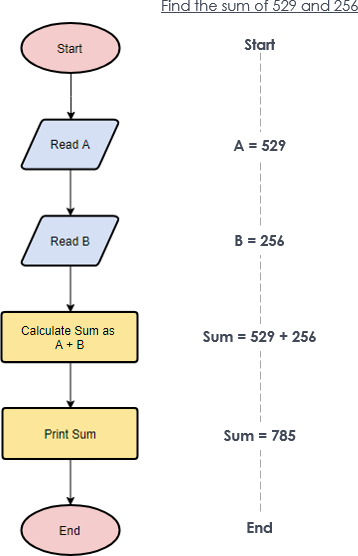
In the 1940s, two Morgensen students, Art Spinanger and Ben S.

Morgensen used Gilbreth’s tools to present conferences on making work more efficient to business people at his company. In the early 1930s, industrial engineer Allan H.

In 1921, industrial engineers Frank and Lillian Gilbreth introduced the “Flow Process Chart” to the American Society of Mechanical Engineers (ASME). They are related to other popular diagrams, such as Data Flow Diagrams (DFDs) and Unified Modeling Language (UML) Activity Diagrams.įlowcharts to document business processes came into use in the 1920s and ‘30s. Flowcharts are sometimes called by more specialized names such as Process Flowchart, Process Map, Functional Flowchart, Business Process Mapping, Business Process Modeling and Notation (BPMN), or Process Flow Diagram (PFD).

If we consider all the various forms of flowcharts, they are one of the most common diagrams on the planet, used by both technical and non-technical people in numerous fields. They can range from simple, hand-drawn charts to comprehensive computer-drawn diagrams depicting multiple steps and routes. Flowcharts, sometimes spelled as flow charts, use rectangles, ovals, diamonds and potentially numerous other shapes to define the type of step, along with connecting arrows to define flow and sequence. They are widely used in multiple fields to document, study, plan, improve and communicate often complex processes in clear, easy-to-understand diagrams. There were 3 minor bugs found in testing.Ī lot has been lost in the past 15-20 years, due to "technological advancement".A flowchart is a diagram that depicts a process, system or computer algorithm. Then I was transferred to another area and a (admittedly bright) new-hire was given the task to actually code the algorithm. The flowchart got down to the details of variable names, etc. Detailed flow charts ran, I'm thinking, about 1000 lines. Using this technology I once did the design for an incredibly complex algorithm internal to a database system. It's harder to follow the flow of a long method, and there's no good way to make notes, highlight/underline lines, etc. Similarly, code reviews are less effective now that code is pre-reviewed online vs with fanfold listings. These were incredibly useful and we used them extensively in code reviews.īut then they did away with paper, and the charts are not nearly as useful if you can't set them on your desk and mark on them, and even if you print them out on letter-sized paper instead of fanfold you lose a lot of effectiveness because you can't easily stretch them out to see 3-4 pages at a time. Back from about 1980 to 2000 I used to "draw" a lot of "Chapin" charts - feed a PL/I sort of syntax into a program and it prints a form of flow chart on 14" wide fanfold paper.


 0 kommentar(er)
0 kommentar(er)
